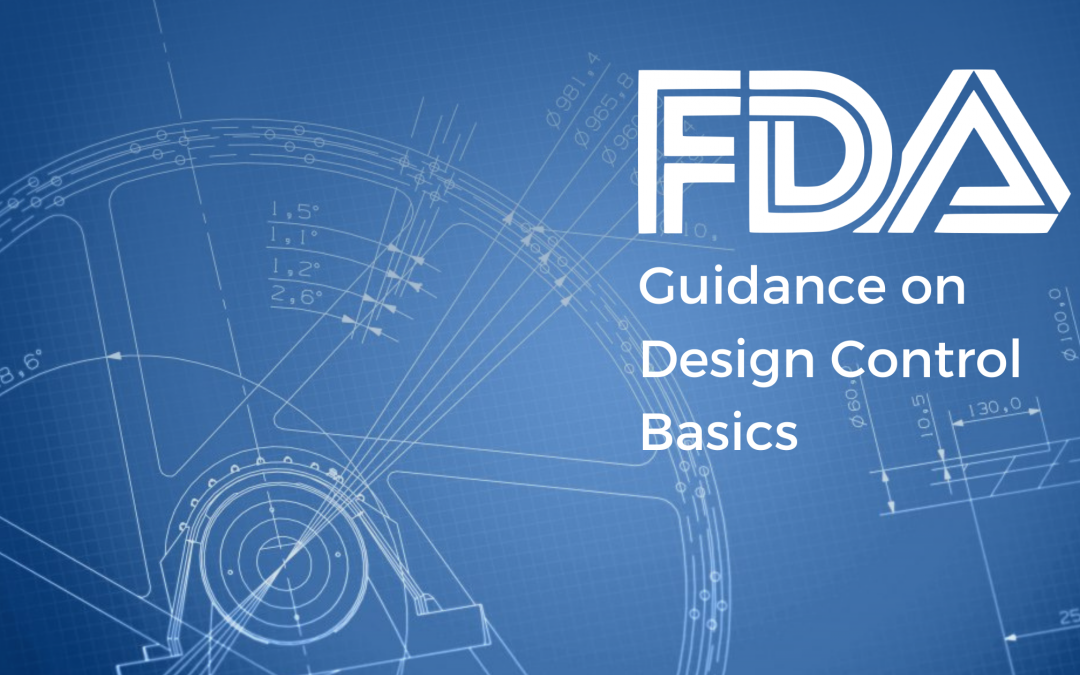Table Of Content

Design validation is performed to provide objective evidence that device specifications (outputs) conform with user needs and intended use(s). Design validation must be completed before commercial distribution of the device. Confirm that acceptance criteria were established prior to the performance of verification and validation activities. Verify that the design outputs that are essential for the proper functioning of the device were identified. FDA has prepared a guidance document to assist manufacturers in preparing and maintaining manufacturing information required in PMA and PMA supplements. Packaging Design has a significant impact on a product’s sortability, and therefore recyclability.
Sponsor this project
Here you’re testing packaging, transport, and more for anyone who may come into contact with your end product. FDA requirements for design review, according to 820.30(e), include the following. How are you going to go about designing & developing your device?
Design Quality: Connecting Design to Documentation

Each manufacturer shall establish and maintain procedures for validating the device design. Design validation shall be performed under defined operating conditions on initial production units, lots, or batches, or their equivalents. Design validation shall ensure that devices conform to defined user needs and intended uses and shall include testing of production units under actual or simulated use conditions. Design validation shall include software validation and risk analysis, where appropriate. The results of the design validation, including identification of the design, method(s), the date, and the individual(s) performing the validation, shall be documented in the DHF.
Why digitised design control is essential for the sustainability of your DHF
Automatic modular design of robot swarms based on repertoires of behaviors generated via novelty search - ScienceDirect.com
Automatic modular design of robot swarms based on repertoires of behaviors generated via novelty search.
Posted: Sun, 17 Sep 2023 04:29:08 GMT [source]
Risk Management is complex on its own, however, Risk Management is a critical part of all areas of design and development, and will be summarized here. Design Controls also ensure that a cross-functional approach is taken to the design process so that additional viewpoints are considered and potential roadblocks are realized early. You need to make sure that those making, moving, and installing the device have everything they need to do their job correctly. Section 820.30(h) from the FDA guidelines explains design transfer.
If you haven’t already done so, migrate from a paper-based system to a cloud-based quality management system. These are now the industry standard, as they equip medical device companies to easily comply with ISO and FDA regulations. A paper-based system is cumbersome and makes it difficult to quickly log information in your DHF or communicate changes across teams. It can also leave more room for error, whereas in a cloud-based system, you can track changes, monitor who accessed a document, and more.
ComplianceQuest’s Key Solutions take cognizance of the regulatory and competitive environment where quality, cost, compliance, and customer relationship are the key determinants of success. The key components are also modular, allowing the business to choose to implement any based on their business goals and priorities. Each manufacturer shall establish and maintain procedures to ensure that formal documented reviews of the design results are planned and conducted at appropriate stages of the device's design development. The results of a design review, including identification of the design, the date, and the individual(s) performing the review, shall be documented in the design history file (the DHF). The documentation must identify and describe all the parameters that can impact the device design. At the end of each stage, all the generated documents must be reviewed, and approved according to the organization’s approval matrix.
Simply put, design control is focused on design input and output. Design Controls can be complicated—let Qualio simplify it with software designed specifically for the medical device industry. Our industry experts created a platform that can help your medical device company navigate requirements, and we’ll also provide you with direct access to those experts who can give you valuable guidance. Contact us today to set up a demo of our design controls software.
Discover our collection of quality management guides and webinars
Regional Wealth is basically how much cash your town’s families have on hand. Confusingly, it doesn’t have anything to do with your town’s marketplace. Instead, as the name implies, it’s about wealth instead of just money and that wealth comes from either exporting surplus goods or just from upgrading burgage plots. Manor Lords is complex, fidgety, and more than a little impenetrable.
The guidance provides an option described on page XX that is not available to manufacturers distributing devices in the U.S. That option is to neither validate nor fully verify a low-risk manufacturing process, but to accept the risk. We repeat, neither validating nor fully verifying a low risk process is not an option for manufacturers who distribute devices in the U.S. The Quality System Regulation requires that manufacturing processes be validated if they cannot be fully verified. PMA submissions should include a complete description of design controls that the manufacturer implements to comply with the QS regulation. If this information is lacking, FDA cannot complete the premarket review process.
You may think this can be done in Excel quite easily early on in product development but as the project nears market release, these relationships will become increasingly complex. Let me spend a few minutes talking to you about Design Outputs being a recipe for your eventual product and how these contribute to figuring out how to actually design and develop your medical device. Because of this, you should definitely consider how you plan to verify your product design at the time when you are documenting Design Inputs. If the architecture of your medical device “system” is somewhat complicated in nature, consisting of multiple sub-systems, it may be beneficial to establish a hierarchy for your product. Regardless of product development methodologies and approaches used, demonstrating Design Controls as defined by FDA and ISO are still a requirement.
When you ask an experienced medical device product developer to describe Design Verification, it’s likely you will hear this described as testing. It is 100% okay that Design Inputs iterate and evolve throughout the product development process. It is 100% okay to use placeholders and language such as “to be determined” when first drafting Design Inputs. Taking Design Verification into consideration when defining Design Inputs will also help your product development efforts.
No comments:
Post a Comment